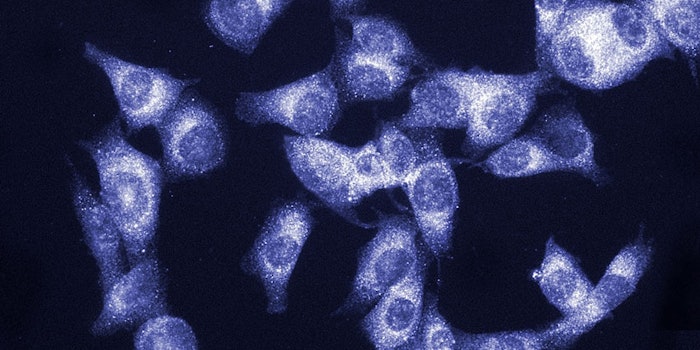
A study has demonstrated how the reactivation of cellular senescence in the skin can stop the growth of malignant melanoma, according to the journal Cancer Cells. The study was lead by Professor Clemens A. Schmitt from Charité Universitätsmedizin Berlin, Max Delbrück Center for Molecular Medicine (MDC) and the Berlin Institute of Health (BIH).
The Cancer Cells Study
Skin has a natural protective mechanism called cellular senescence, which is when cells stop dividing; this works to prevent mutated cells from turning into tumors while placing the cells in a "sleep-like" mode controlled by epigenetic tags. However, cancer cells were able to deactivate the epigenetic tags.
The research team used almost 500 tissue samples from patients with melanoma. In approximately one-third of the samples, the research team found a vast increase in the production of the demethylase enzyme, which is what is able to erase the epigenetic tags of the protective mechanism in the skin.
The research team then used the cell cultures, mice and zebrafish with malignant melanoma to genetically modify the enzyme's activity. One of the ways they performed this modification was through the use of chemical agents, which caused the cells to enter into cellular senescence. This experiment proved to be successful when human melanoma tissue was implanted into mice as well.
Senescence and Cancer Conclusions
The combination of senescence and programmed cell death is one of the body's best defense mechanisms against cancer. Schmitt's research team discussed how cellular senescence is important for cancer therapies, but could be used for more than just blocking cancer.
Schmitt also believes that the use of demethylase blockers combined with targeted immunotherapy could also be an effective form of treatment therapy. With melanoma typically responding poorly to chemotherapy, these findings are very helpful for treating this specific form of cancer.










